Help me size water softener
igorek24
10 years ago
Related Stories
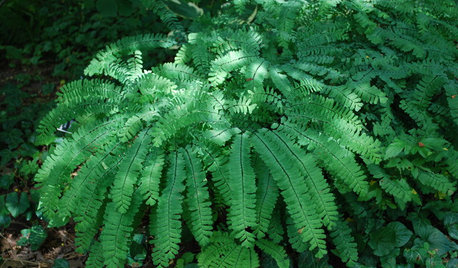
GARDENING GUIDESGreat Design Plant: Northern Maidenhair Fern Softens Shade Gardens
Stir up some romance in dark corners with the billowy fronds of native Adiantum pedatum
Full Story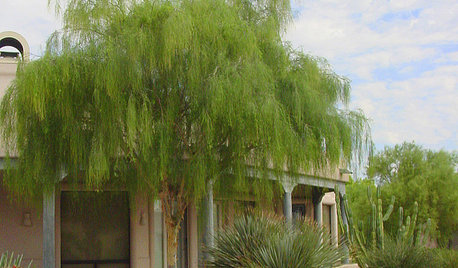
GARDENING GUIDESGreat Design Plant: Palo Blanco Softens Sharp Desert Angles
Willowy foliage and creamy white bark give this tree a delicate beauty, but its constitution is tough
Full Story
COLORPick-a-Paint Help: How to Quit Procrastinating on Color Choice
If you're up to your ears in paint chips but no further to pinning down a hue, our new 3-part series is for you
Full Story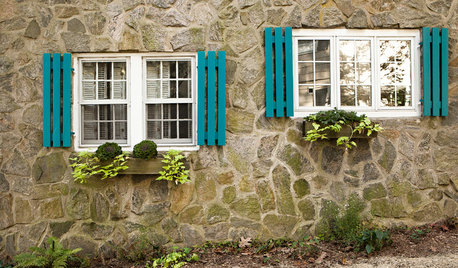
COLORPick-a-Paint Help: 11 Ways to Mine Your World for Colors
Color, color everywhere. Discover the paint palettes that are there for the taking in nature, shops and anywhere else you roam
Full Story
SAVING WATER11 Ways to Save Water at Home
Whether you live in a drought-stricken area or just want to help preserve a precious resource, here are things you can do to use less water
Full Story
ORGANIZINGDo It for the Kids! A Few Routines Help a Home Run More Smoothly
Not a Naturally Organized person? These tips can help you tackle the onslaught of papers, meals, laundry — and even help you find your keys
Full Story
PRODUCT PICKSGuest Picks: Help Your Home Blossom With Floral Decor
Sprinkle hints of spring around your rooms with fabrics, wall coverings and more that recall nature's charms
Full Story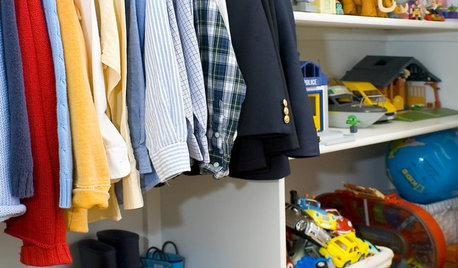

HOUSEKEEPINGThree More Magic Words to Help the Housekeeping Get Done
As a follow-up to "How about now?" these three words can help you check more chores off your list
Full StoryMore Discussions







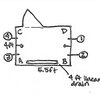
User
igorek24Original Author
Related Professionals
Arlington Handyman · Boca Raton Kitchen & Bathroom Remodelers · Deerfield Beach Kitchen & Bathroom Remodelers · Fairland Kitchen & Bathroom Remodelers · Honolulu Kitchen & Bathroom Remodelers · Paducah Kitchen & Bathroom Remodelers · Republic Kitchen & Bathroom Remodelers · Rochester Kitchen & Bathroom Remodelers · Schiller Park Kitchen & Bathroom Remodelers · South Barrington Kitchen & Bathroom Remodelers · Toms River Kitchen & Bathroom Remodelers · Turlock Kitchen & Bathroom Remodelers · Warren Kitchen & Bathroom Remodelers · Westchester Kitchen & Bathroom Remodelers · South Jordan Kitchen & Bathroom RemodelersUser
igorek24Original Author
igorek24Original Author
User
igorek24Original Author
igorek24Original Author
User
igorek24Original Author
igorek24Original Author
User
tonelab77